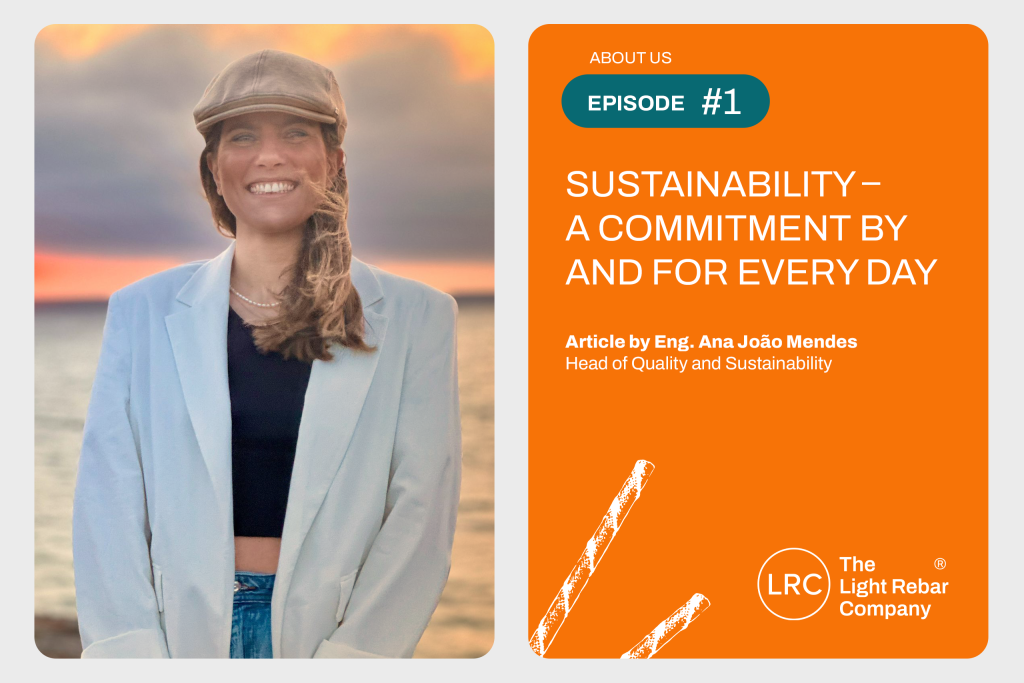Episode #1: The Challenge of Sustainability in an Industrial World – A Commitment TO and FOR Every Day!

Episode #1: The Challenge of Sustainability in an Industrial World – A Commitment TO and FOR Every Day! Throughout my professional career, I have learned that sustainability is not just a nice concept or a trend, but a real, urgent need and , above all, a responsibility for all of us. My professional experience has […]
